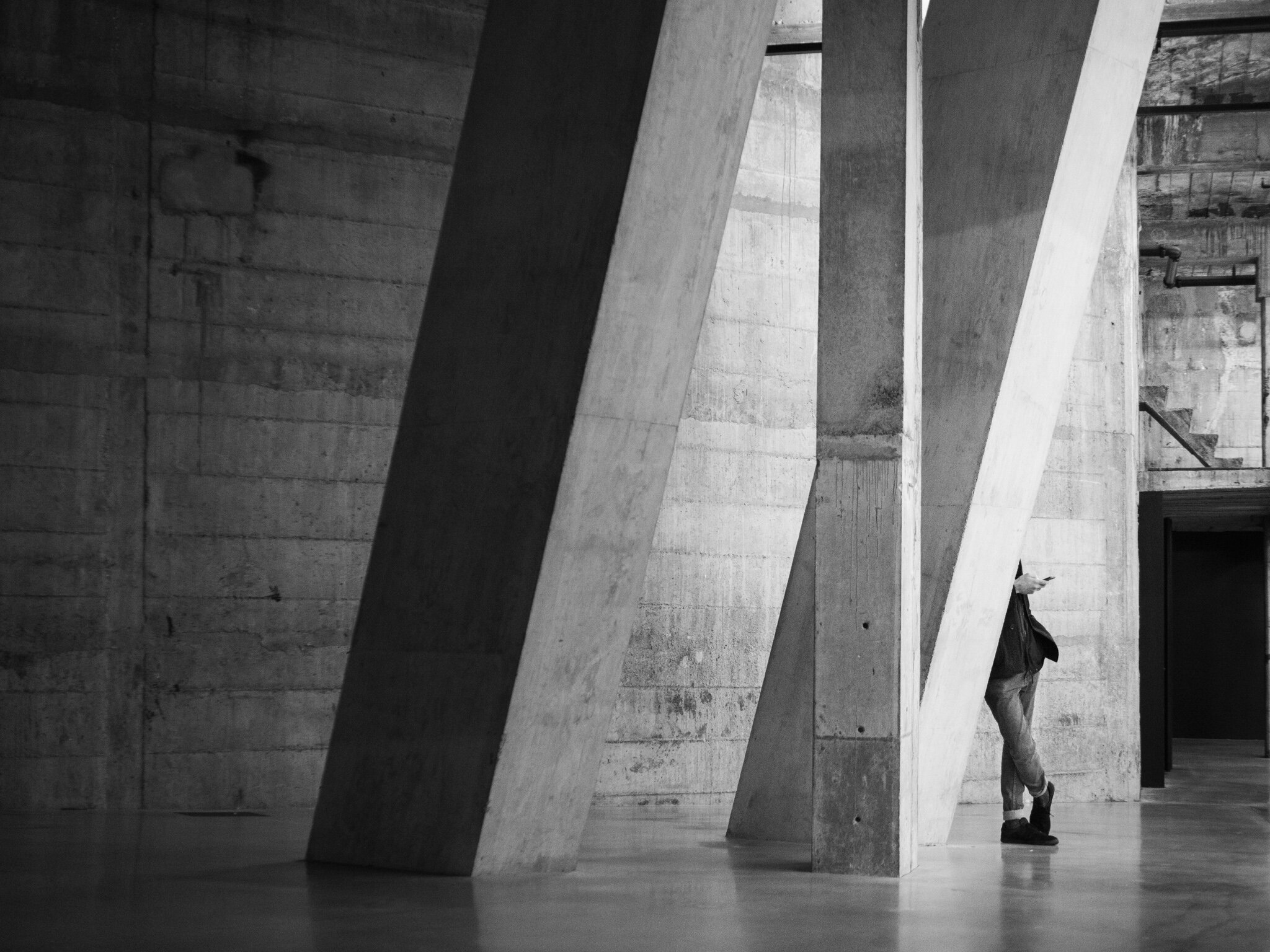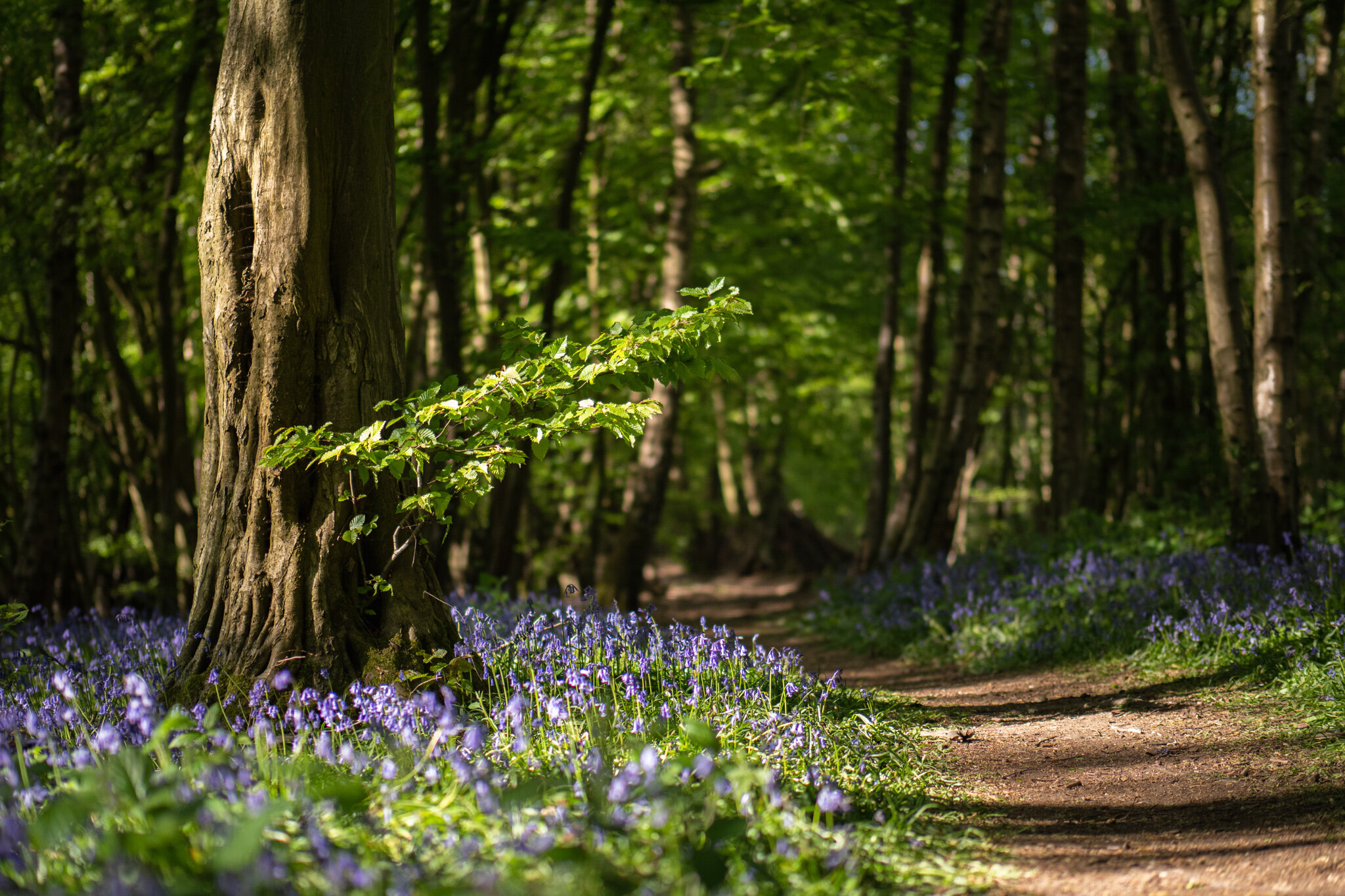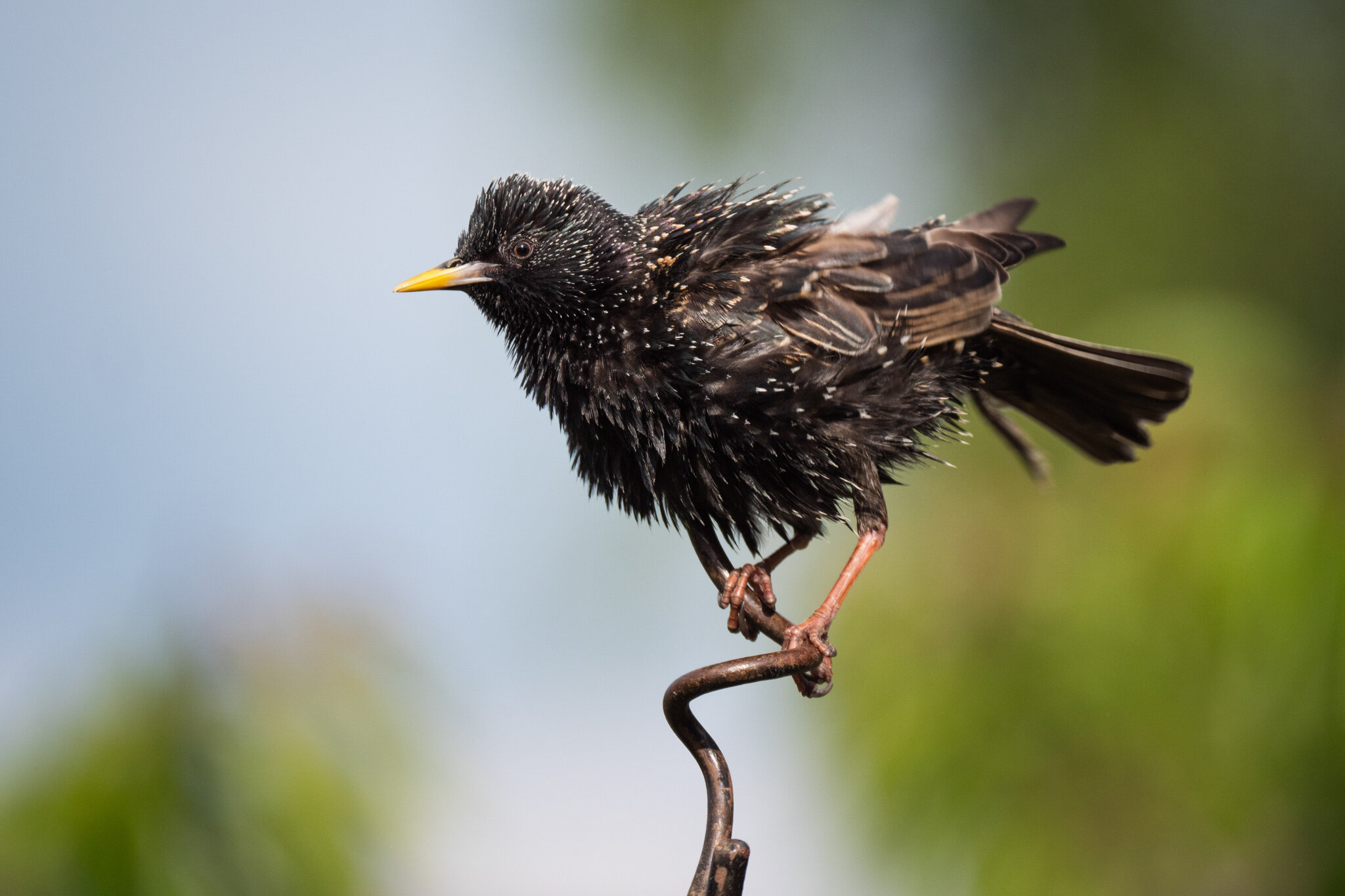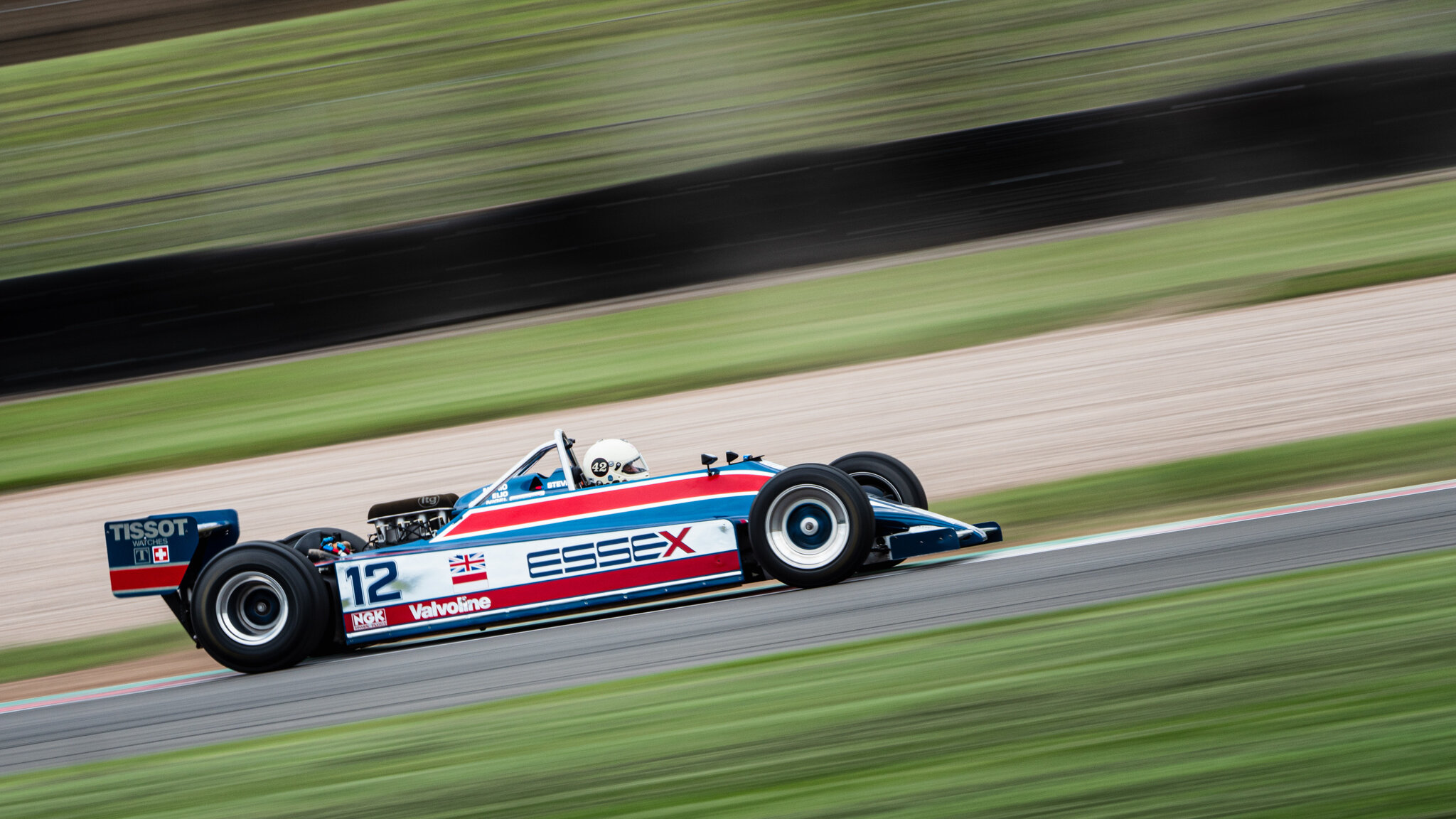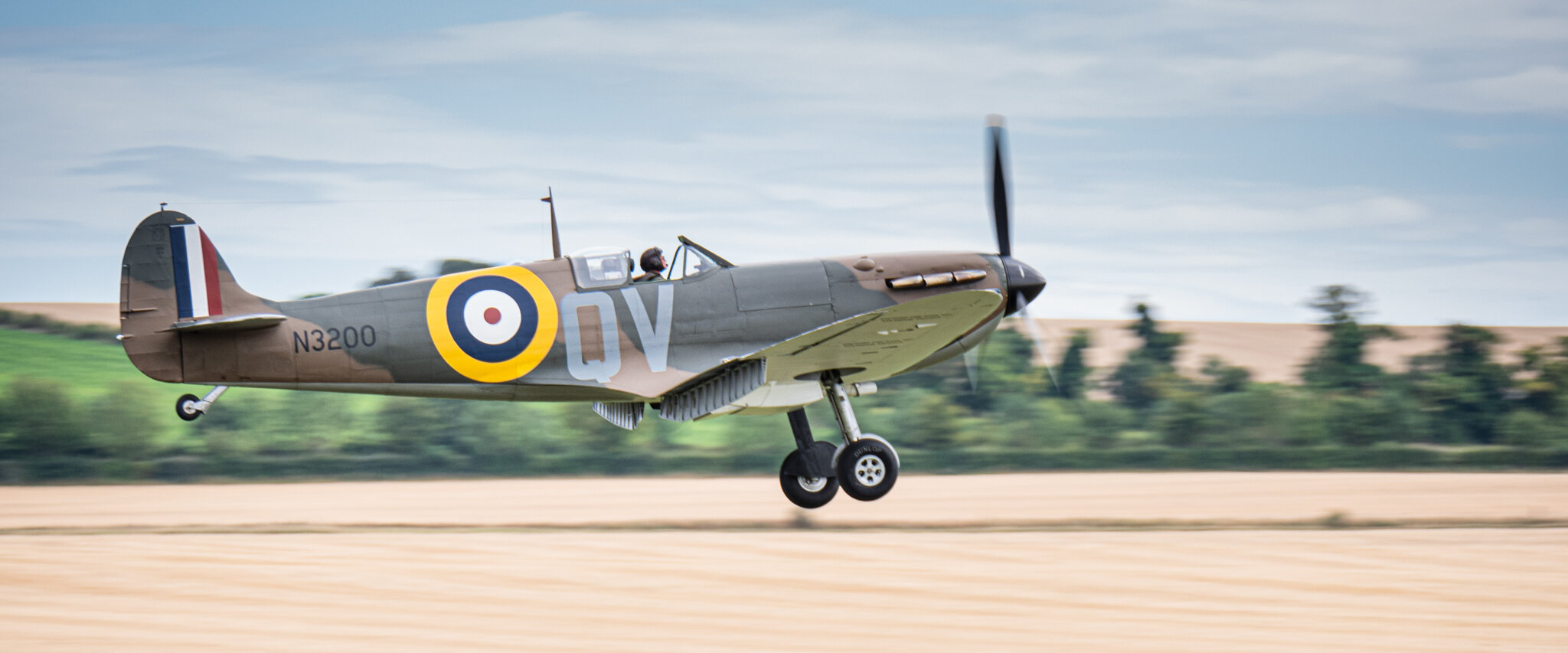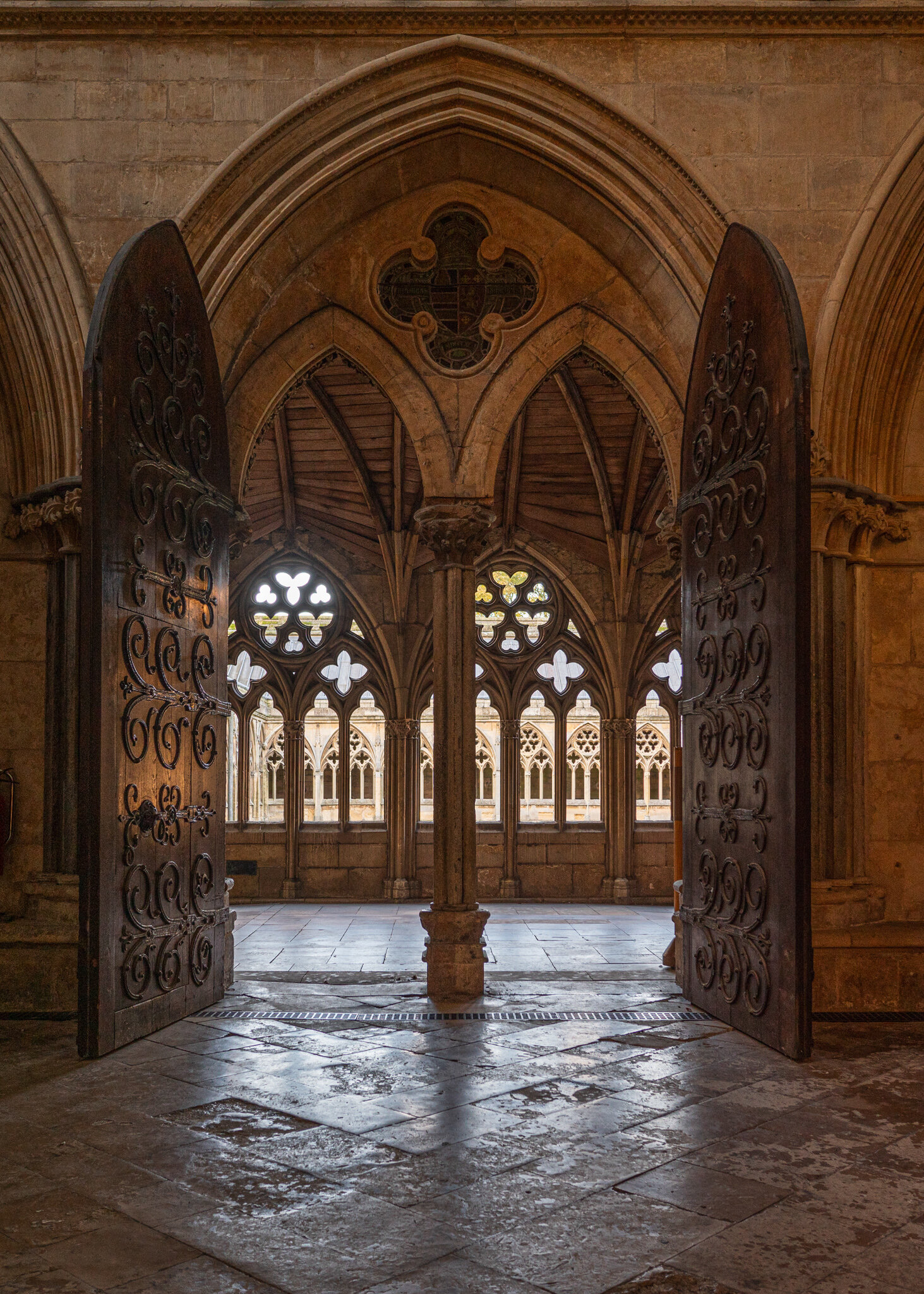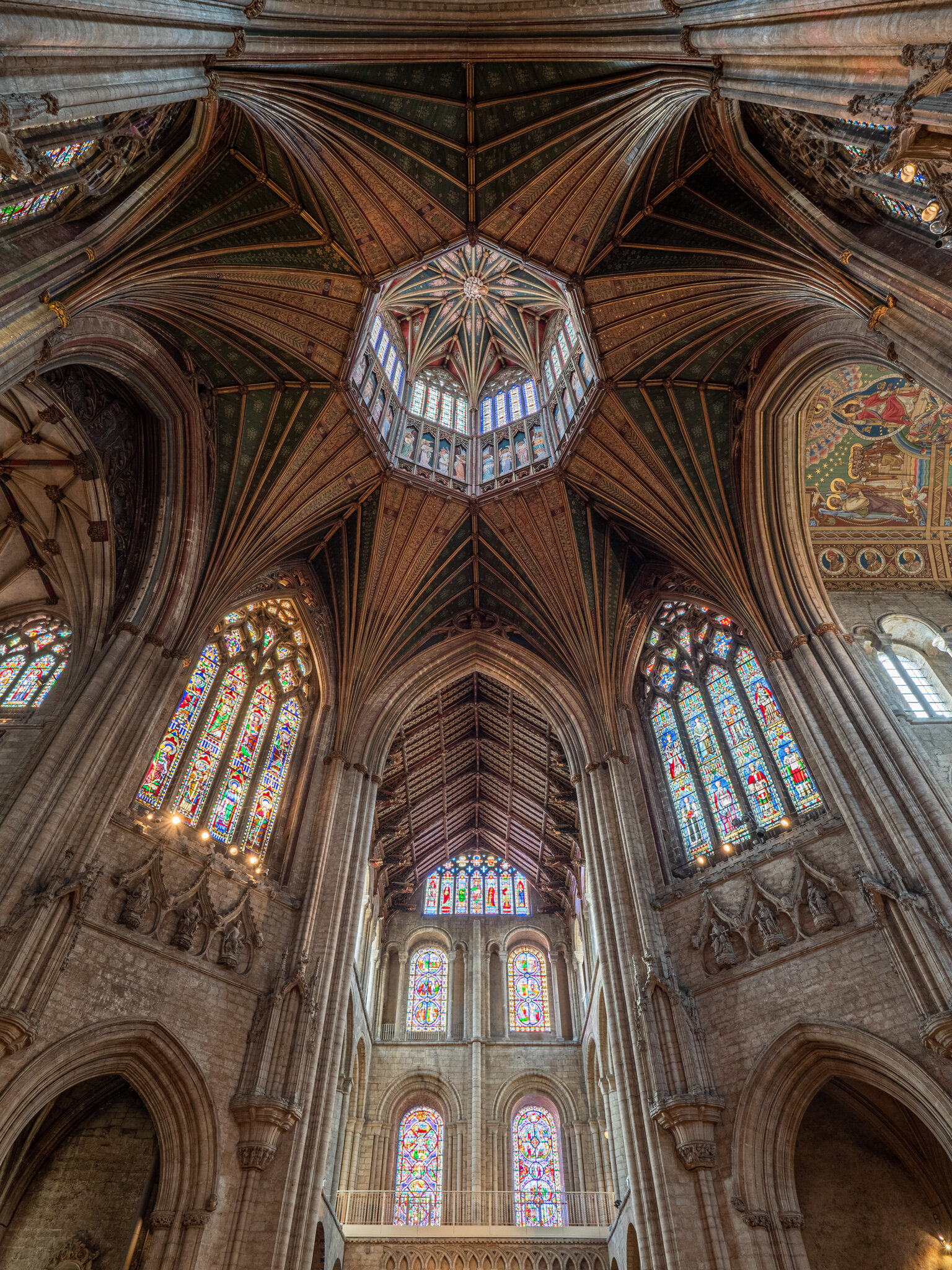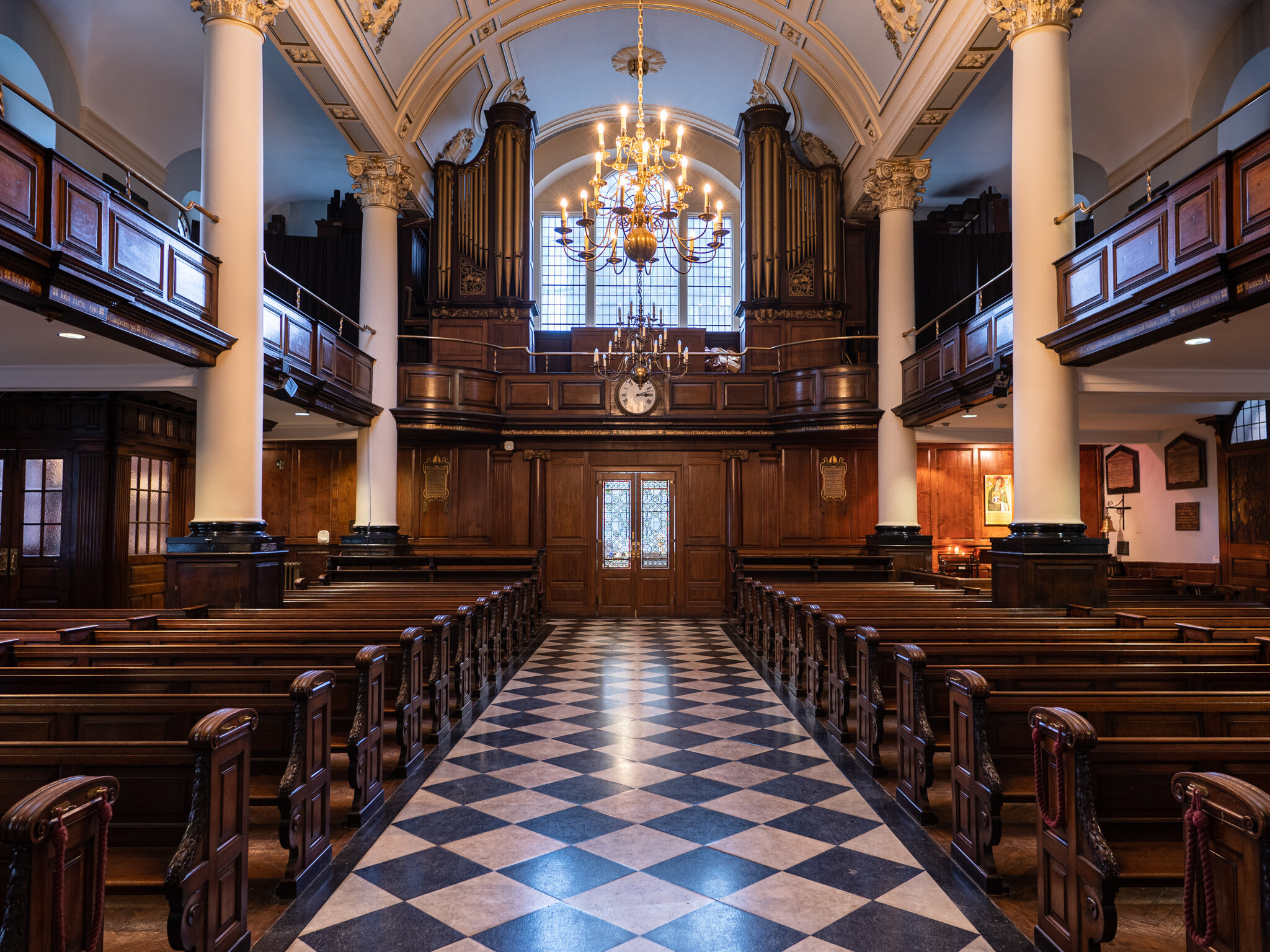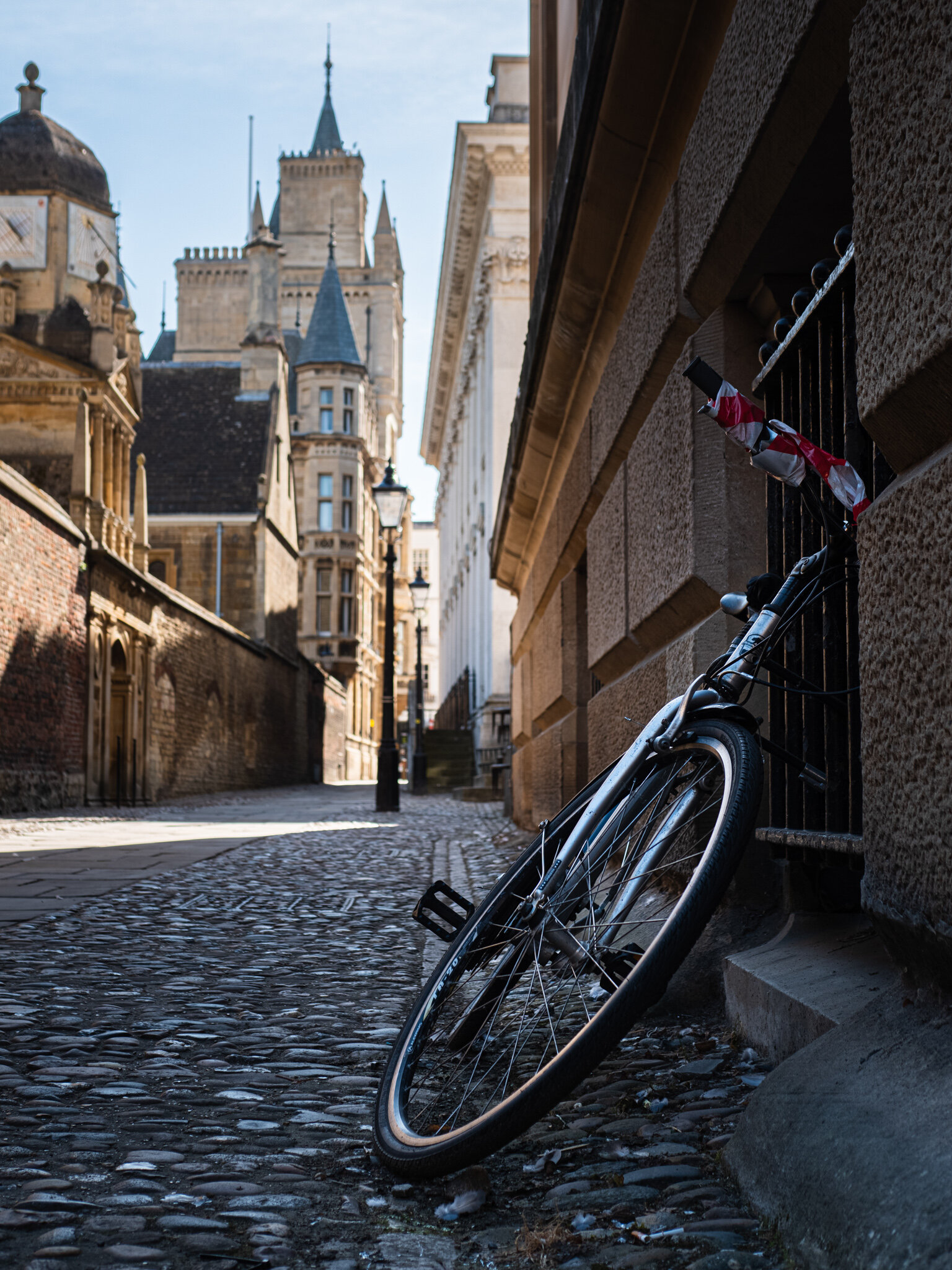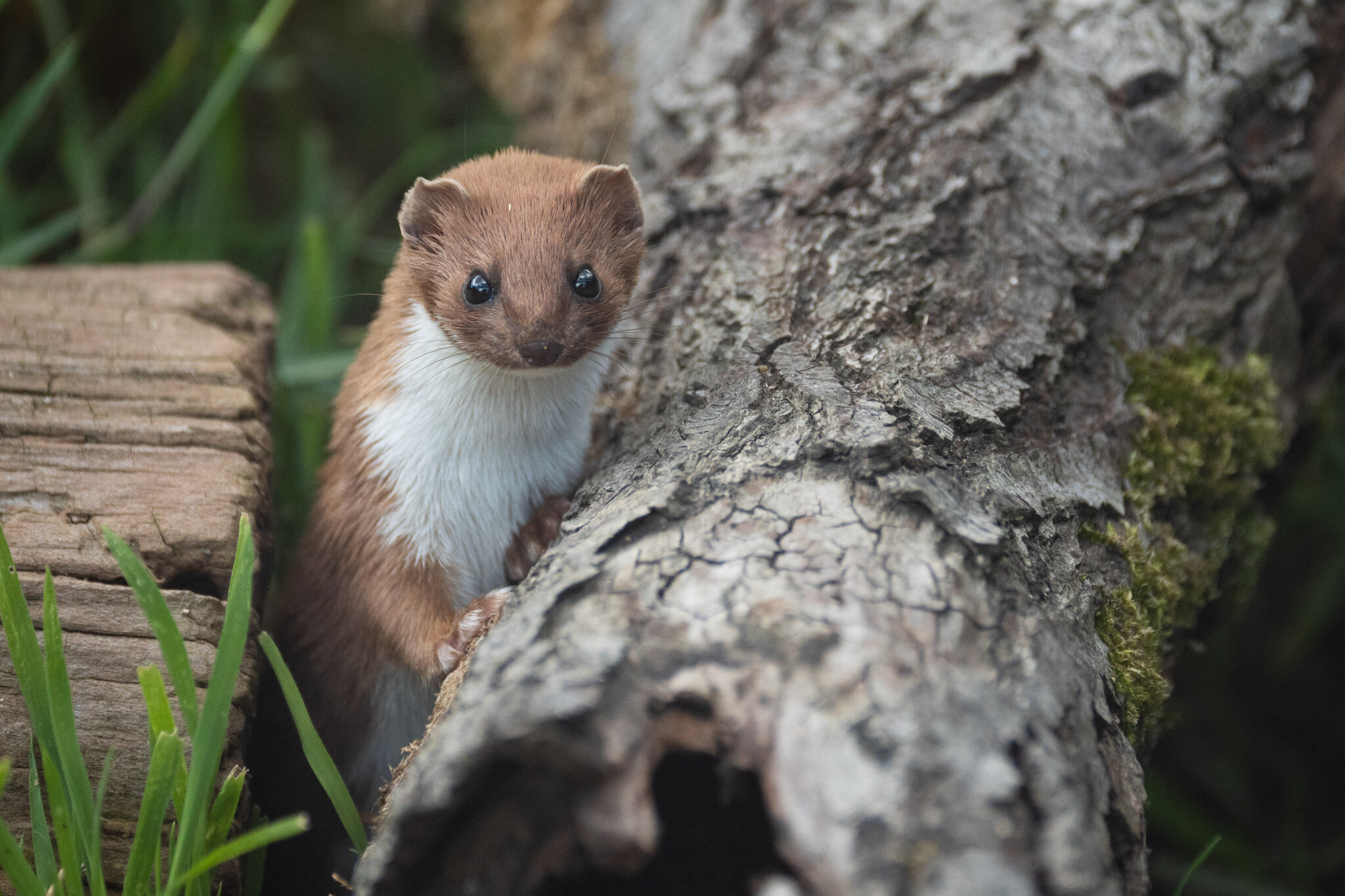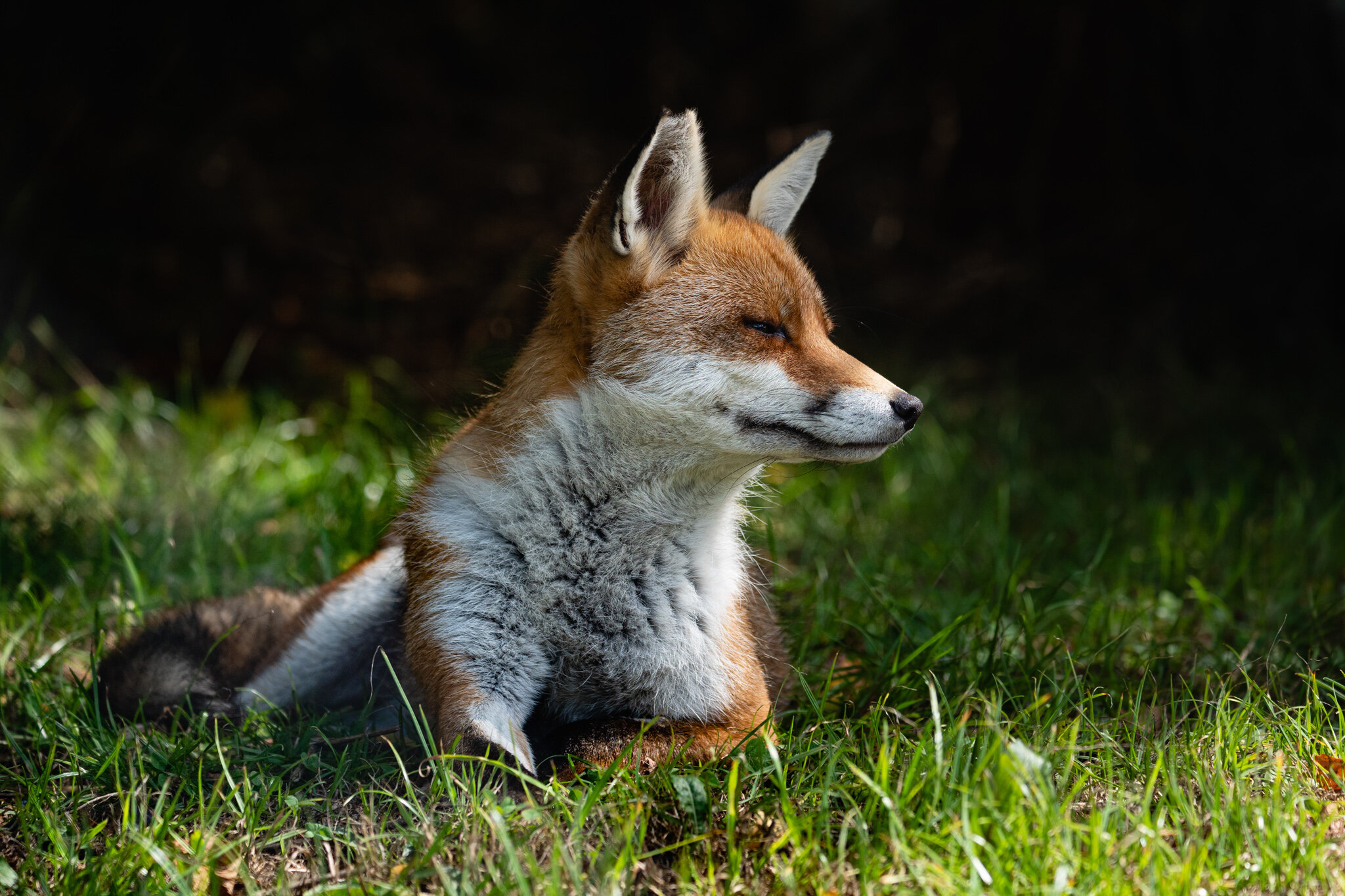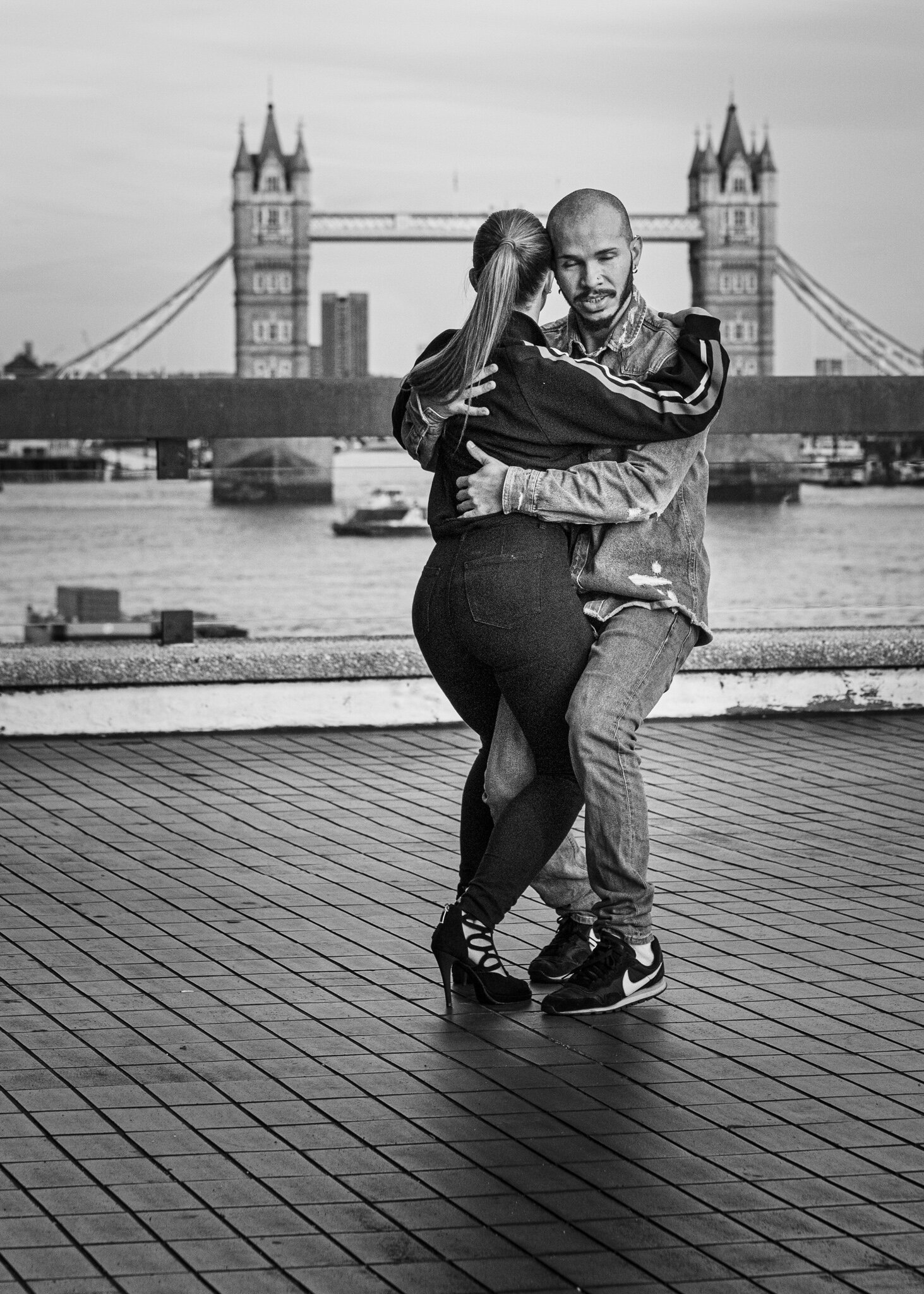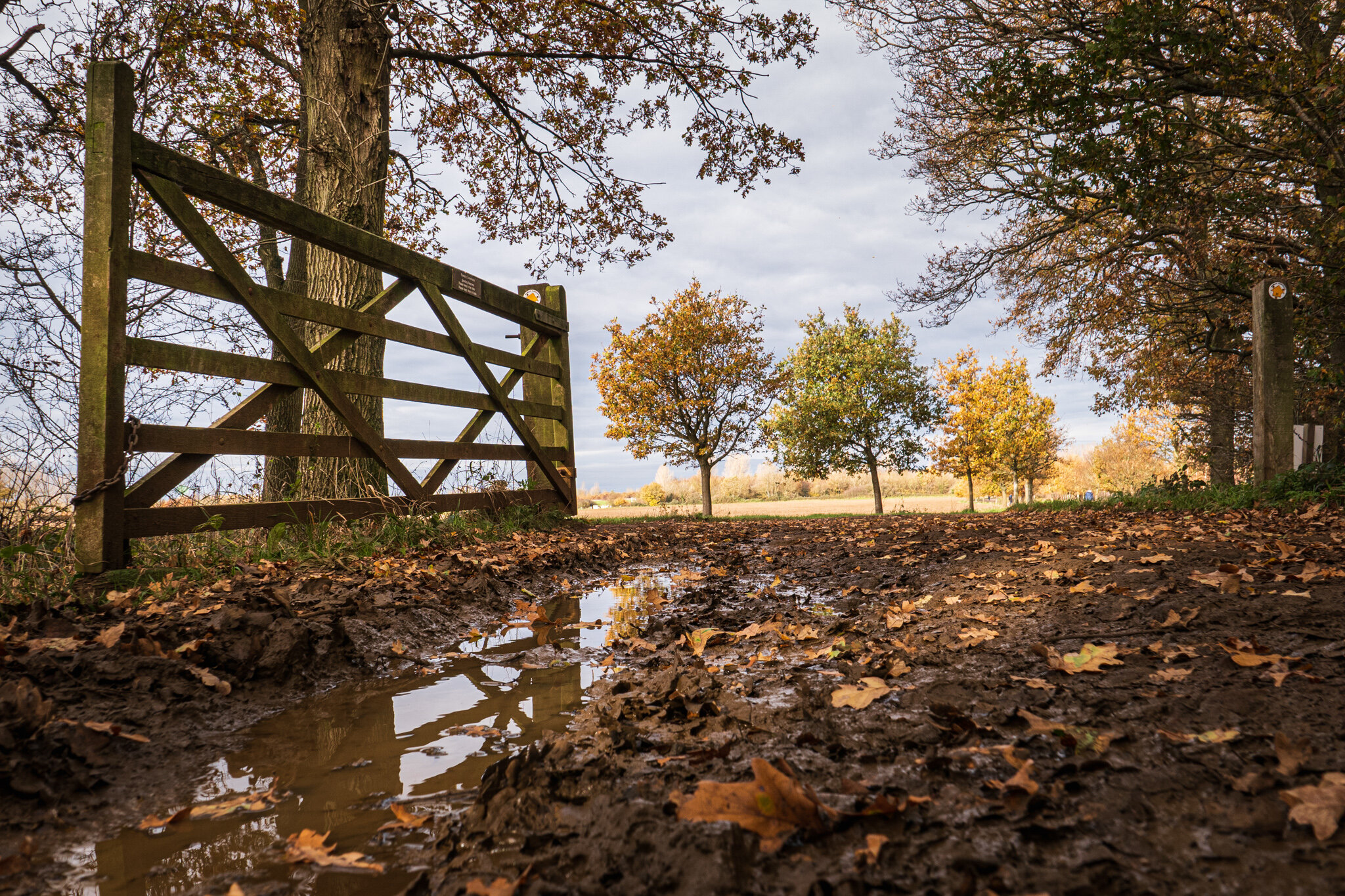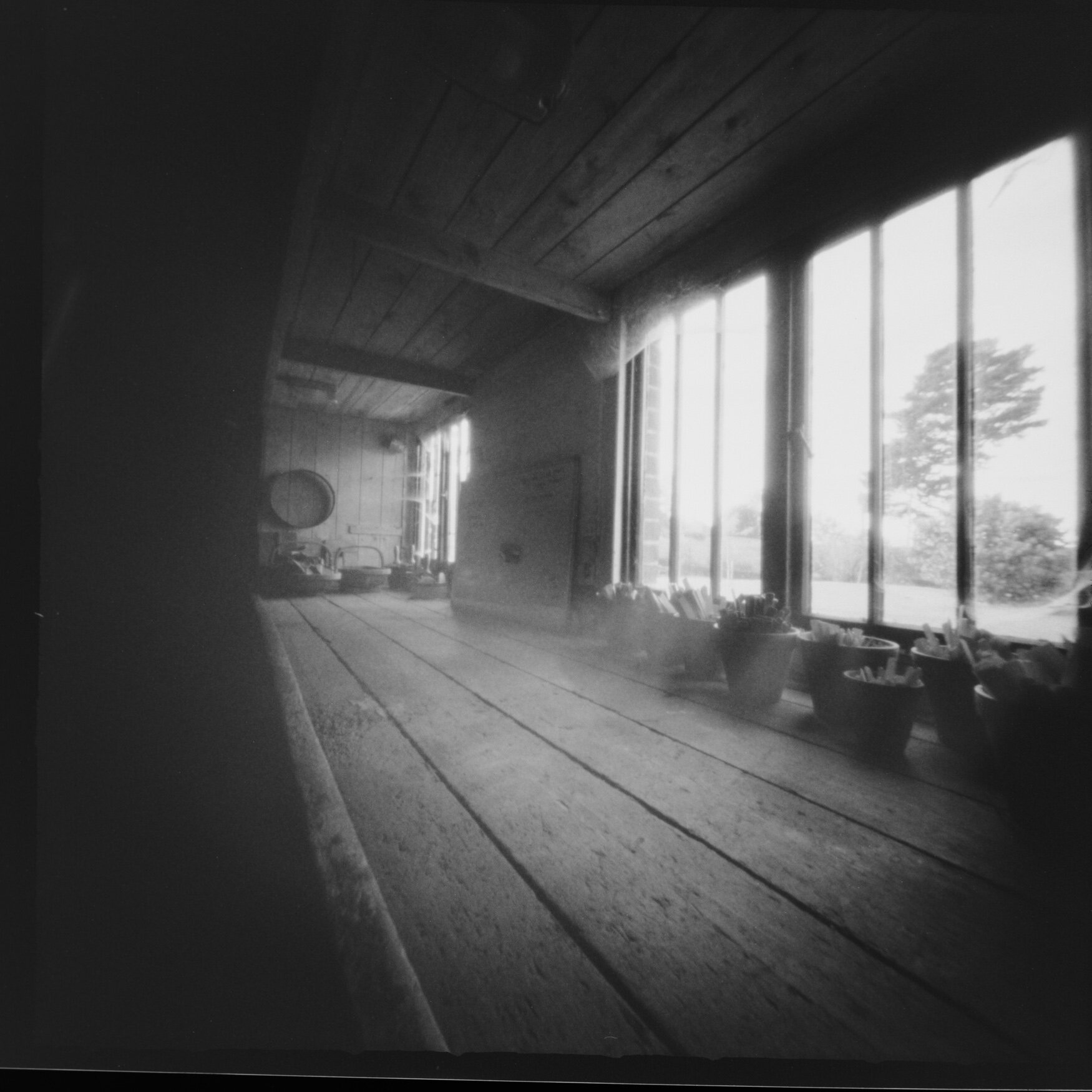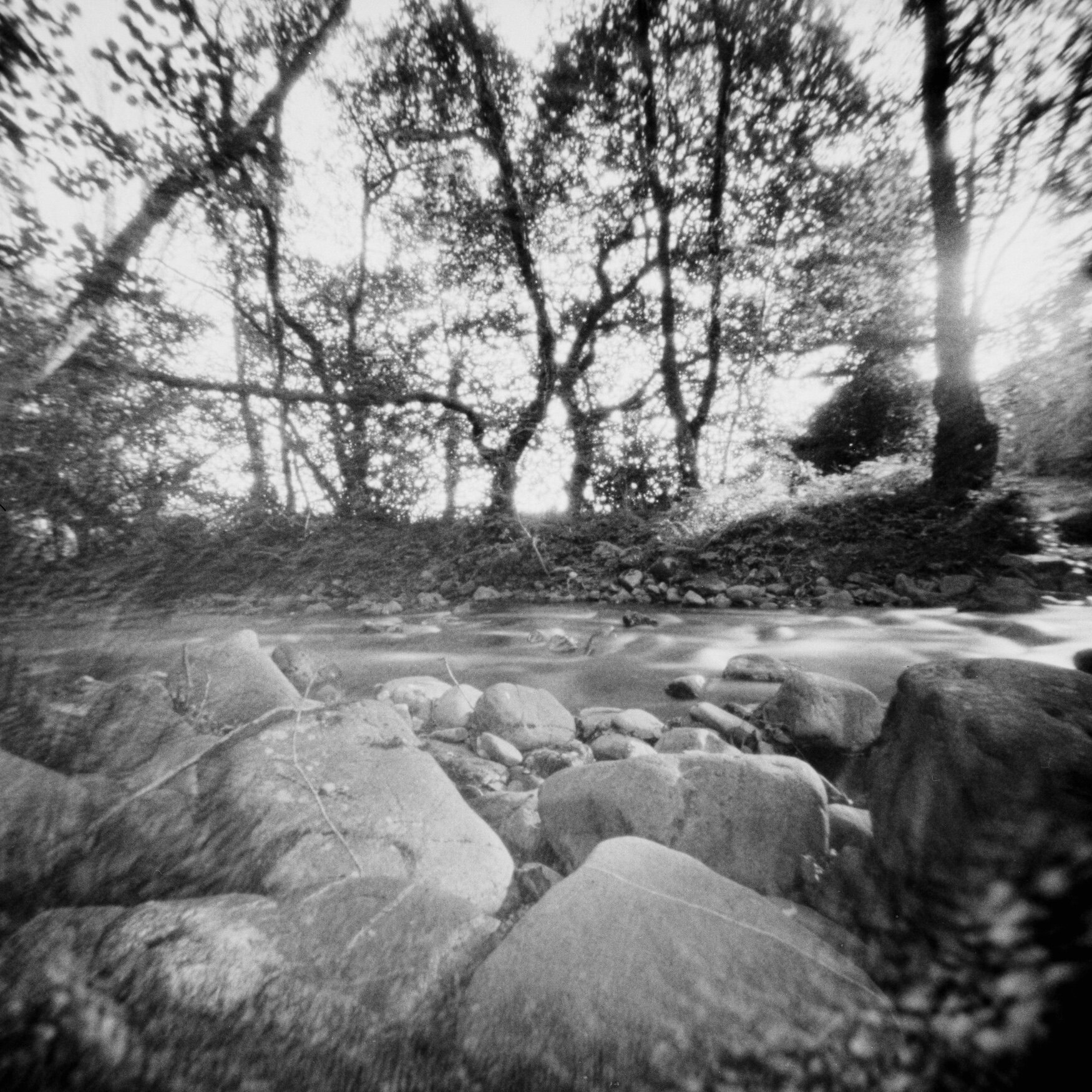What can I say about 2020? It certainly wasn’t the year we all expected it to be!
My life as a working musician took a big hit when the Covid-19 pandemic struck in earnest. A never-ending stream of work cancellations left me with more time on my hands and the perfect excuse to get out and take photos. Fortunately, when we were plunged into our first lockdown no one said I couldn’t take a camera with me for my permitted daily exercise so I had one with me every step of the way!
Initially I got back into the habit of shooting and sharing new photos every day - an echo of my decade long 365 project. However, by the beginning of June I’d started a new music project, creating videos to help the amateur musicians I would usually work with to keep playing. That took up more of my time and photography reverted back to being something I did frequently, but not necessarily every single day. Even so, I’ve shared over 1500 photos on my blog through the year - not bad for a year when my travel opportunities have been so limited.
Starting to finish
I began the year with a push to complete my longstanding City of London Churches project. With only ten churches left to visit, it seemed entirely feasible to tick these off through 2020. In January and February I photographed four new churches, plus a handful of derelict towers and made a much needed revisit to my first church, St Botolph-without-Bishopsgate.
Bevis Marks Synagogue
One major success was receiving permission to photograph inside Bevis Marks Synagogue, which is usually off limits to photographers. I spent a happy couple of hours there, exploring every little architectural detail, not realising it would be my last for the year. In mid-March the government’s directive to stay at home came into force, putting paid to my plans. I did make it back into London a couple of times later in 2020, when the restrictions eased, but sadly the City churches remained shut.
Going back to basics
The purchase of a medium format Ondu pinhole camera in 2019 reignited my interest in this back to basics form of photography and I’ve shot no fewer than 26 rolls of film in this medium in 2020. I was thrilled to receive a message from Elvis Halilović at Ondu Cameras in the spring to say that, as one of their favourite pinhole people, I should look out for a gift from them in the post. I thought perhaps it might be a roll or two of film so when I opened the box to find a 6x9 format pinhole camera I was overjoyed! The delivery was timed to coincide with Worldwide Pinhole Photography Day, so I immediately put it to work.
A derelict Nissen hut, one of my discoveries during a walk on Worldwide Pinhole Photography Day in April
Using the 6x9 has given me new impetus and I quickly realised there’s nothing more therapeutic during a global pandemic than pottering around with a pinhole camera, doing some very slow photography! The simple process of selecting a composition (no easy thing without a viewfinder), figuring out your exposure time and then just waiting while the shutter is open is all consuming and the troubles of the world just disappear for an hour or two.
Photography with a focus
Back in 2019 I made a decision to focus my photography in a more specialised way, concentrating on the genres which really interested me – architecture and street photography.
This has had mixed results in 2020. Street photography is a big challenge – largely because of the guidance to stay at home and avoid other people. As the restrictions eased I ventured out in Cambridge and London but still struggled as there are simply far fewer people on the streets these days. I’m sure this will change as the various vaccines are rolled out and we return to something approaching normality. This will take many months though, so I think my adventures in street photography will be a slow burn even in 2021.
One of my street photos from a pre-pandemic trip to Cambridge in January 2020
Architecture has been more of a success this year, although not without its frustrations. In the spring, when it became clear I wouldn’t be able to visit London for a while, I began a new Essex Churches project. My logic was that every village has a church, most of which are frankly deserted, so I could visit these without having to travel long distances and without the risk of human contact. The logic was sound, but I hadn’t banked on the diocese which covers Essex being super cautious about Covid-19. As a result, while churches in areas around us opened for private prayer and visits, almost all Essex churches remained firmly locked!
Photographically speaking this was incredibly frustrating. I’ve found a few gems in surrounding areas though and even managed to visit Lincoln and Ely Cathedrals, both of which were photographic goldmines. Away from churches, I’ve looked for architectural interest around me. As the first lockdown eased in May I ventured into Cambridge for the morning, interested to see what had changed. What I found was astonishing – a deserted city. There was the odd walker or cyclist, but no throngs of people outside the usual tourist hotspots. It was utterly surreal, but brought with it the opportunity to get a clearer view of the architecture – something I’ll probably never experience again.
Ely Cathedral
Looking into 2021
So what should we expect of 2021? Frankly, all bets are off! My hope is that the rollout of the vaccines will allow us all some more freedom. If that happens my music work may resume and I may get to travel again. I’m not holding my breath though as it will inevitably take several months for anything close to normality to resume.
With that in mind I’ve dreamt up a project to at least keep me taking photos in January. I did briefly consider another 365 project, but my heart’s really not in it when I’m stuck at home so much. However, I had a brainwave this week for a pinhole photo a day project. My plan is to shoot one pinhole photo (perhaps more!) each day for January and see where that takes me. If weather and the virus allow me I can head out into the surrounding villages in search of images, but if it’s pelting with rain I’ll just have to get creative indoors.
This morning I’ve checked my stock of film and I’ve started jotting ideas in a notebook so I can refer to that for inspiration if I run short of ideas. This may turn out to be an utterly bonkers plan, but it’s going to be fun trying and without a specific subject matter in mind I can shoot whatever is available to me under whatever Covid restrictions happen to be in force.
My favourites from 2020
Normally I’d share a gallery of my ten best photos from the year at this point, but given the challenges of 2020 I’m instead sharing a gallery of my favourite photos. Very few will ever make it into my portfolio, but they are some of my favourite moments in a very challenging year.
All that remains is to wish all my readers a happy and healthy 2021 and here’s hoping that by this time next year the last twelve months will be nothing but a distant memory!
